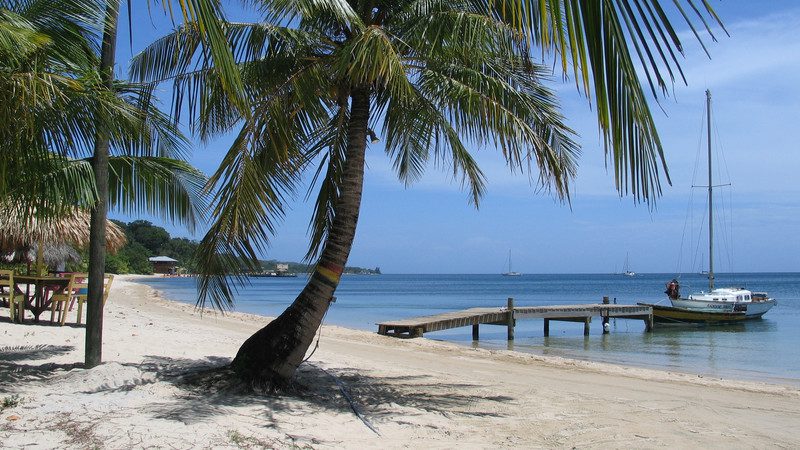Honduras has had a rocky history and it’s a place where, in certain parts, travellers still need to err on the side of caution.
That doesn’t mean the country is off-limits though. In fact, done the right way, there are some incredible experiences awaiting you in Honduras. Just use same caution you would when touring Mexico, for example, and get ready to experience the rich culture and beautiful landscapes of this Central American country.
1. Honduras was one side in a ‘Football War’
In 1969, after a series of contested World Cup football matches, El Salvador and Honduras began what is known as the ‘Football War’.
These passionately attended international soccer games are thought to have been the final straw in an already strained relationship between the two countries, leading to a four-day, 100-hour conflict. However, the economic hardships, border disputes and other political issues between El Salvador and Honduras were really to blame.
2. It’s home to ruins from what is considered the most important Maya city
The Copán Ruins, or the Maya Site of Copan, is a UNESCO World Heritage Site containing incredible works from the Maya civilisation. This location is considered one of the most important sites of this civilisation and would have functioned as a centre of political, religious and civil significance.
Considered one of the most densely populated urban areas of the Maya world between AD 426 and 820, the Copán Ruins today still display over 1,250 individual glyphs.
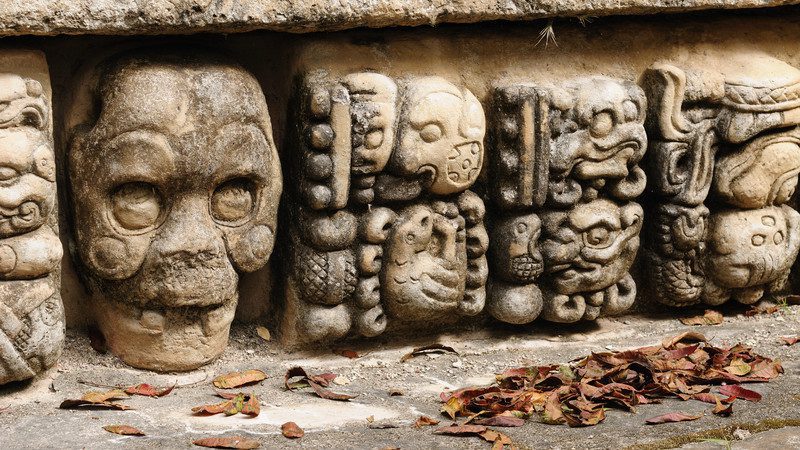
3. What does Honduras mean?
Honduras means “depths” in Spanish. Christopher Columbus was said to have named it after the deep water found off the coast of Honduras.
4. The second largest coral reef in the world is found here
The Mesoamerican Reef, or MAR, is the second largest coral reef in the world after the Great Barrier Reef and spans across the coastlines of Honduras, Guatemala, Mexico and Belize.
Found in the Caribbean Sea, this reef is nearly 700 miles long and is home to everything from turtles, manatees, whale sharks and over 500 species of fish.
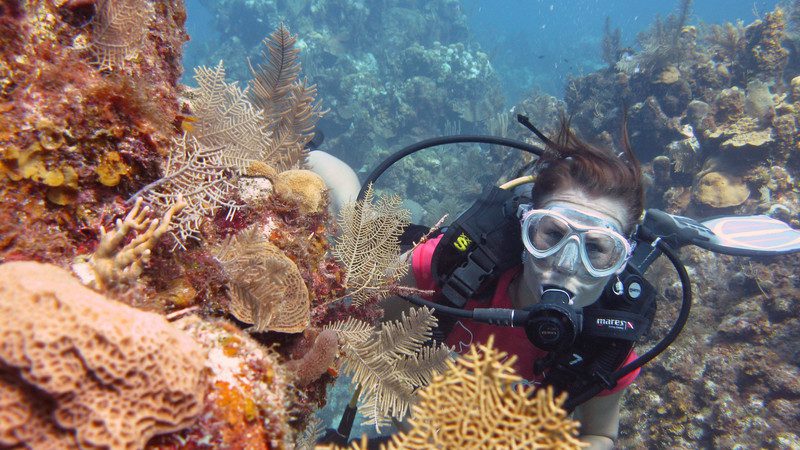
5. Honduras has a dual capital
The capital of Honduras used to alternate between the two cities of Comayaguela and Tegucigalpa up until 1938, when they were technically combined into one.
These cities used to be rivals, but when Tegucigalpa was officially established as a seat of government, Comayaguela was made a neighbourhood of Tegucigalpa.
6. Ever wondered why Honduras was referred to as a banana republic?
The American writer O. Henry first used this term in the early twentieth century to describe the country’s overreliance on banana exports and unstable economy. However, this term was also applied to other countries in Central America, whose greatest export and economic asset was bananas.
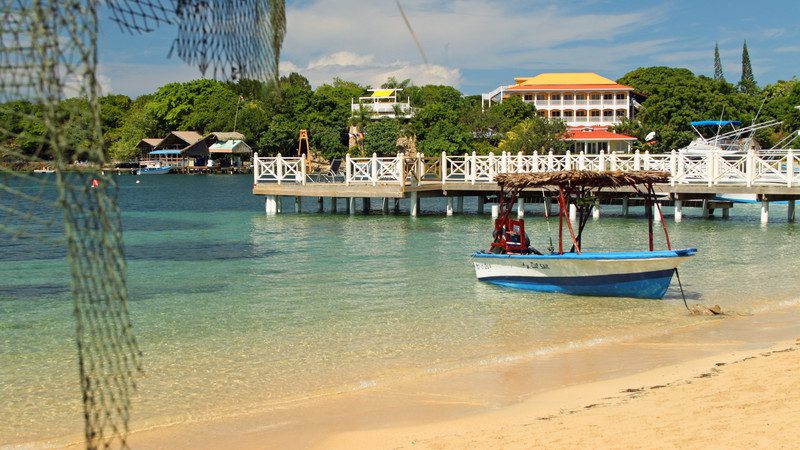
7. Smoke-free zones
Honduras was the first country to ban smoking in your own home. Smokers must always stand about two metres (six feet) away from non-smokers.
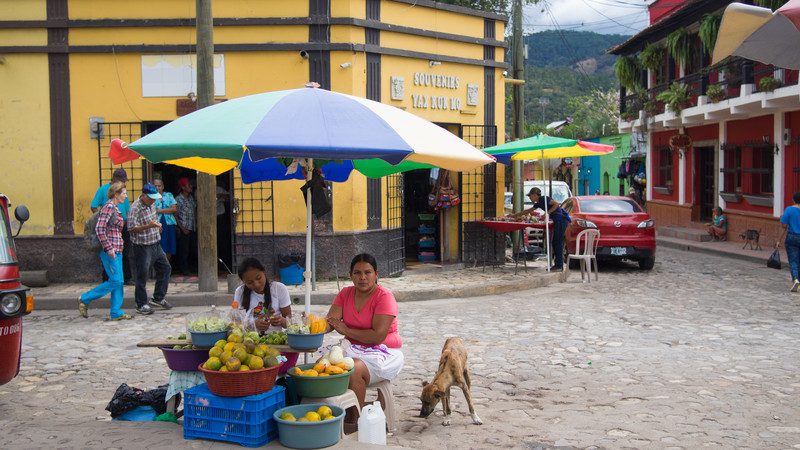
8. The buses seriously stand out
Local buses are called Chicken buses. They’re brightly painted and look like a party on wheels. However, you’re unlikely to see chickens on these buses.
9. It’s home to one of the oldest clocks in the world
The clock was built around 1100 AD by the Moors and was originally placed in the Alhambra Palace in Granada, Spain. It’s travelled a long way to sit in the Cathedral of Comayagua.
10. They have some amazing bird life
The national bird of Honduras is the brightly coloured Scarlet Macaw. But while that’s an impressive species, the country is also home to other bird-watcher favourites, including the Fulvous Owl, the Wine throated Hummingbird, the American Pygmy Kingfisher, the Olive-throated Parakeet and the Keel-billed Toucan.
In fact, there are so many incredible animal species in Honduras that many preserved biological reserves and national parks were founded to protect them all. One of these areas is the Mount Azul de Copan National Park found around the ruins of Copán.
Explore Honduras on our Central America trips
Feature image by Steve Mortimer

